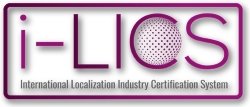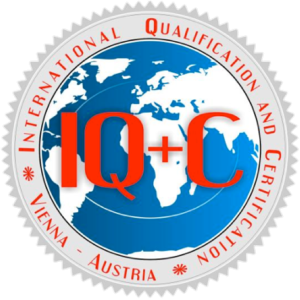Machine Translation Post-Editing (MTPE) has become an essential service in the translation industry as businesses increasingly rely on automated systems to meet growing demands for faster and more cost-effective language solutions. However, machine translation (MT) alone often falls short of the required quality standards for professional use, especially in fields like legal, medical, or technical translation. This is where ISO 18587:2017, the international standard for post-editing of machine translation output, comes into play.

This article aims to provide an in-depth look at ISO 18587, explaining its importance, application, and what businesses need to consider when implementing MTPE services to maintain accuracy and consistency.
What Is ISO 18587?
ISO 18587 is a specialized standard that outlines the requirements for post-editing machine-translated text. It sets guidelines for ensuring that translations meet quality expectations when machines are involved in the initial translation process. The standard ensures that post-editors—human translators tasked with refining machine output—can deliver text that is not only grammatically correct but also contextually appropriate and accurate.
This standard is critical because machine translation tools, while helpful, cannot yet fully grasp the nuances of human language. They struggle with idioms, tone, and sometimes even basic sentence structure. Therefore, human post-editors are needed to ensure the translation meets professional standards.
Key Requirements of ISO 18587
ISO 18587 outlines several essential requirements that companies need to meet:
- Qualified Post-Editors: The standard specifies that only trained professionals with experience in both translation and post-editing should be involved. These experts must have a deep understanding of the source and target languages and be proficient in using MTPE tools.
- Bilingual Review: Post-editing is not a simple grammar check. It requires a thorough bilingual review to ensure the final output is not only linguistically correct but also contextually accurate. This requires a post-editor to understand the subject matter and industry-specific terminology.
- Post-Editing Levels: The standard acknowledges that different levels of post-editing may be required depending on the project. These levels typically include light post-editing, where only major errors are corrected, and full post-editing, where the translation is refined to near-human quality.
- Quality Control Processes: Companies must implement rigorous quality control processes to ensure that post-edited content consistently meets client expectations. This includes peer reviews and client feedback loops.
- Client Requirements: The standard encourages transparent communication between service providers and clients. Clients should clearly specify their expectations for quality, turnaround time, and the level of post-editing required, allowing service providers to tailor their approach accordingly.
Why ISO 18587 Matters for Businesses
Businesses across industries are using MTPE services more frequently, especially for content types like e-commerce product descriptions, customer support, and technical documentation. But without a standard like ISO 18587, the quality of translations can vary greatly.
ISO 18587 ensures a baseline of quality, so businesses can be confident they are receiving accurate translations even when using MTPE. This standard is especially important in sectors where the accuracy of translation can have significant legal, financial, or safety implications. For example, an incorrect medical translation could lead to patient harm, while a poorly translated legal document could result in costly misunderstandings.
Implementing ISO 18587 in Your Workflow
For companies looking to implement MTPE services in line with ISO 18587, here are a few tips:
- Invest in Training: Ensure that your translators are well-trained in post-editing. They need to understand both the capabilities and limitations of machine translation tools.
- Use the Right Tools: Choose machine translation software that allows for easy post-editing. Some tools are designed to integrate seamlessly with human post-editing processes, offering features that highlight potential errors or suggest alternative translations.
- Collaborate with Clients: Clearly communicate with your clients about their needs. Does the content need to be perfect, or is “good enough” acceptable? Understanding the level of quality required will help you tailor your post-editing process accordingly.
- Implement Quality Control: Establish robust quality control processes. Peer reviews and audits can help maintain consistency across translations.
ISO 18587 is not just a guideline for improving translation quality; it is also a tool for increasing efficiency in an industry that is under constant pressure to deliver more, faster. By adhering to this standard, businesses can ensure their translation services remain both competitive and reliable.

